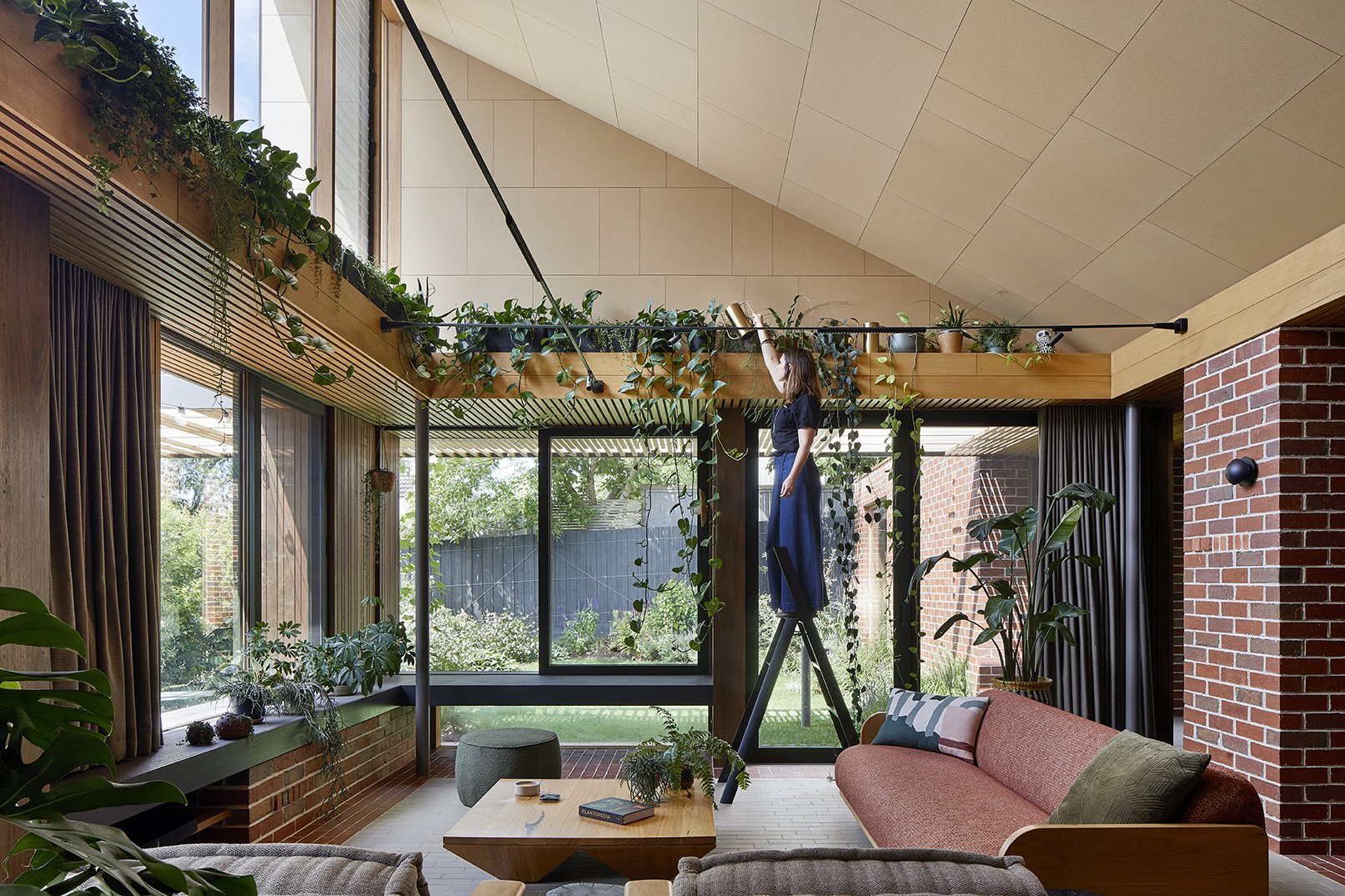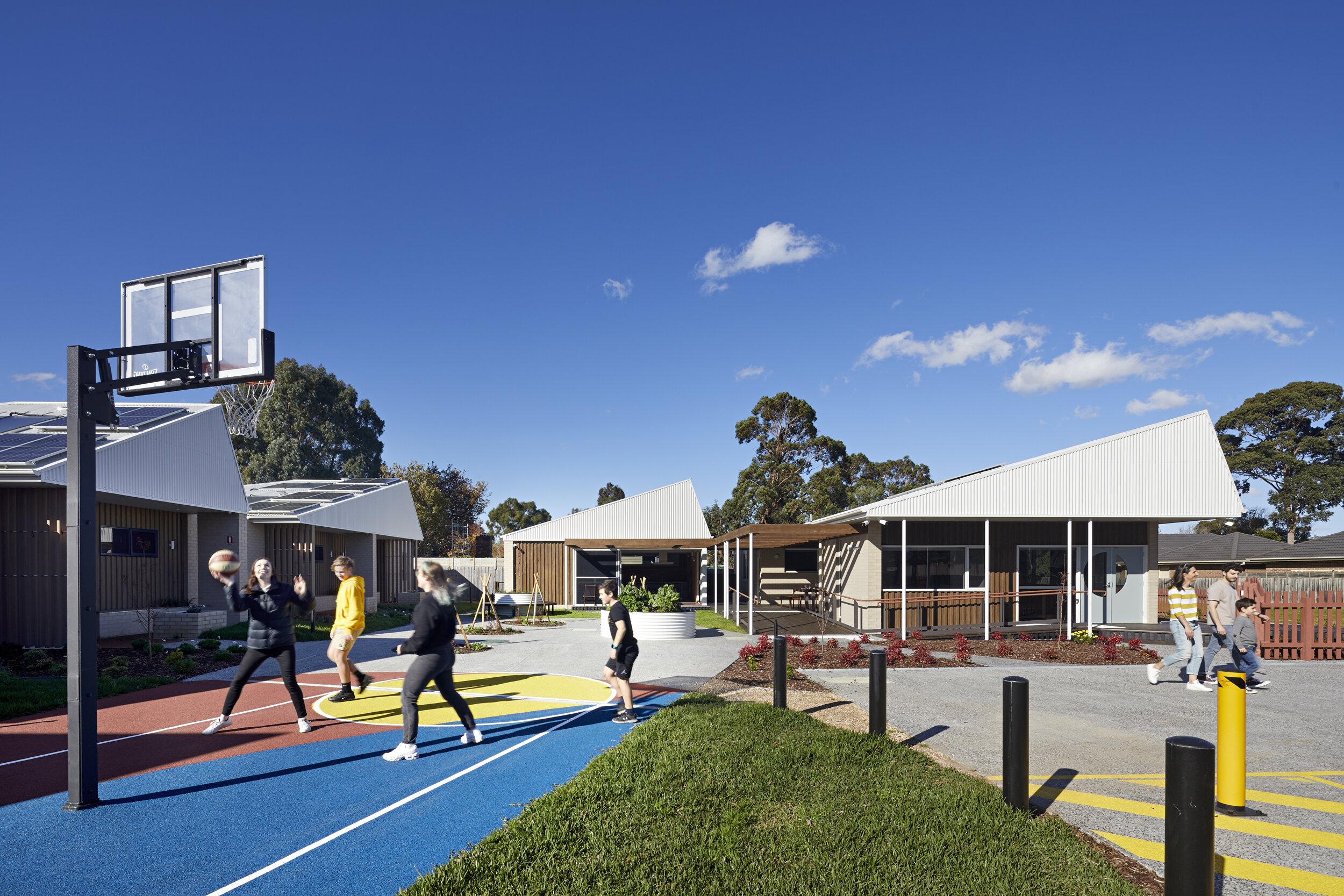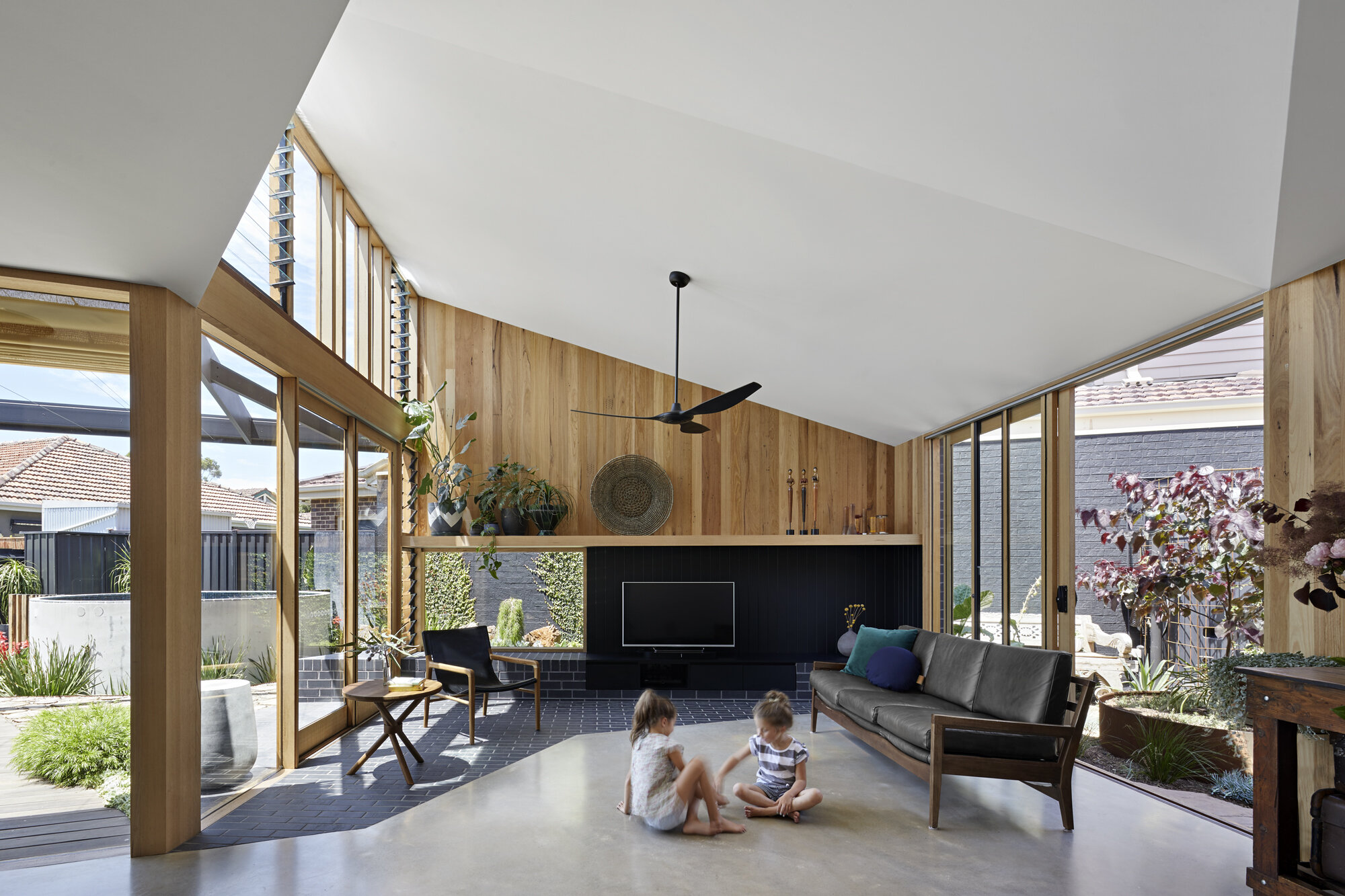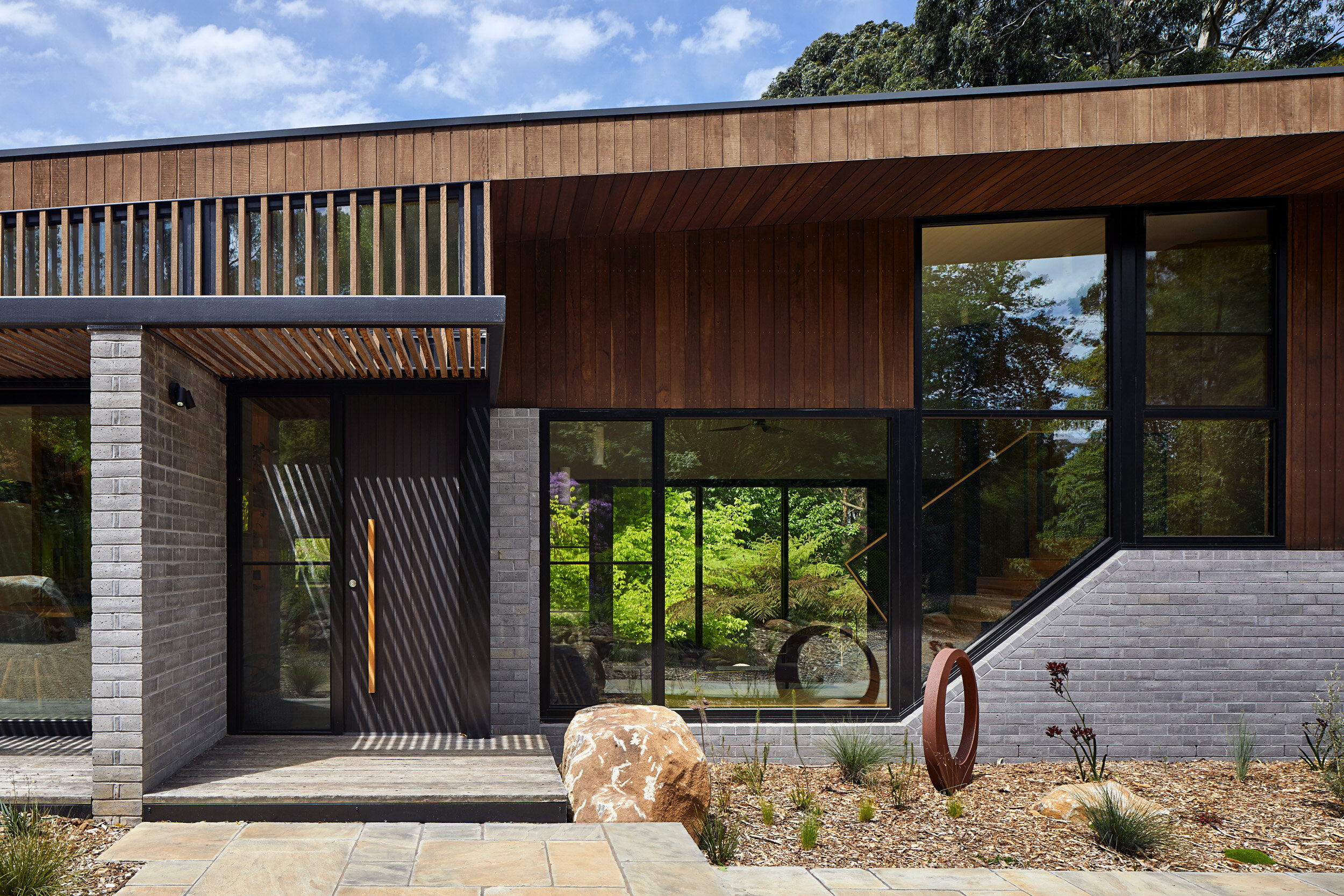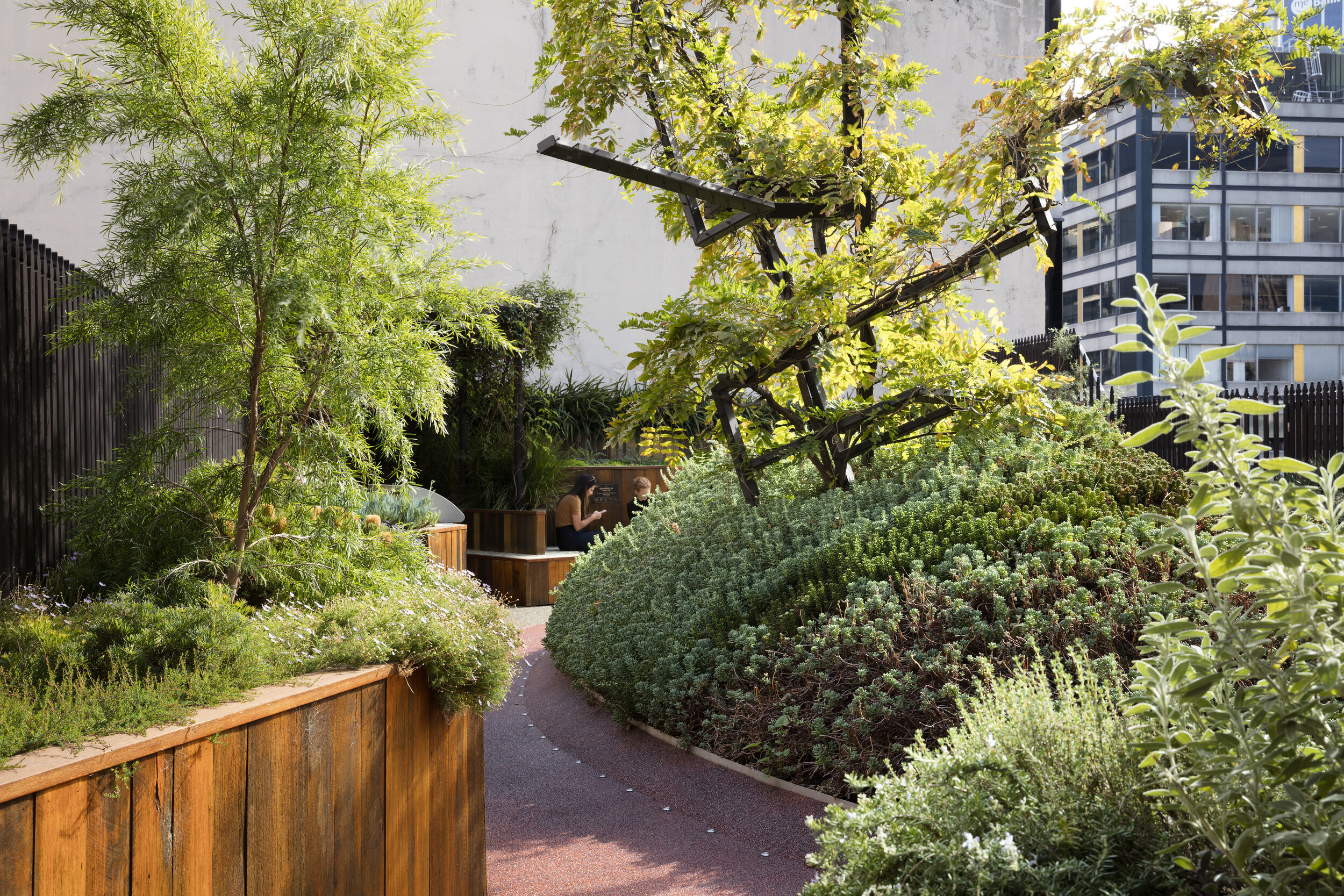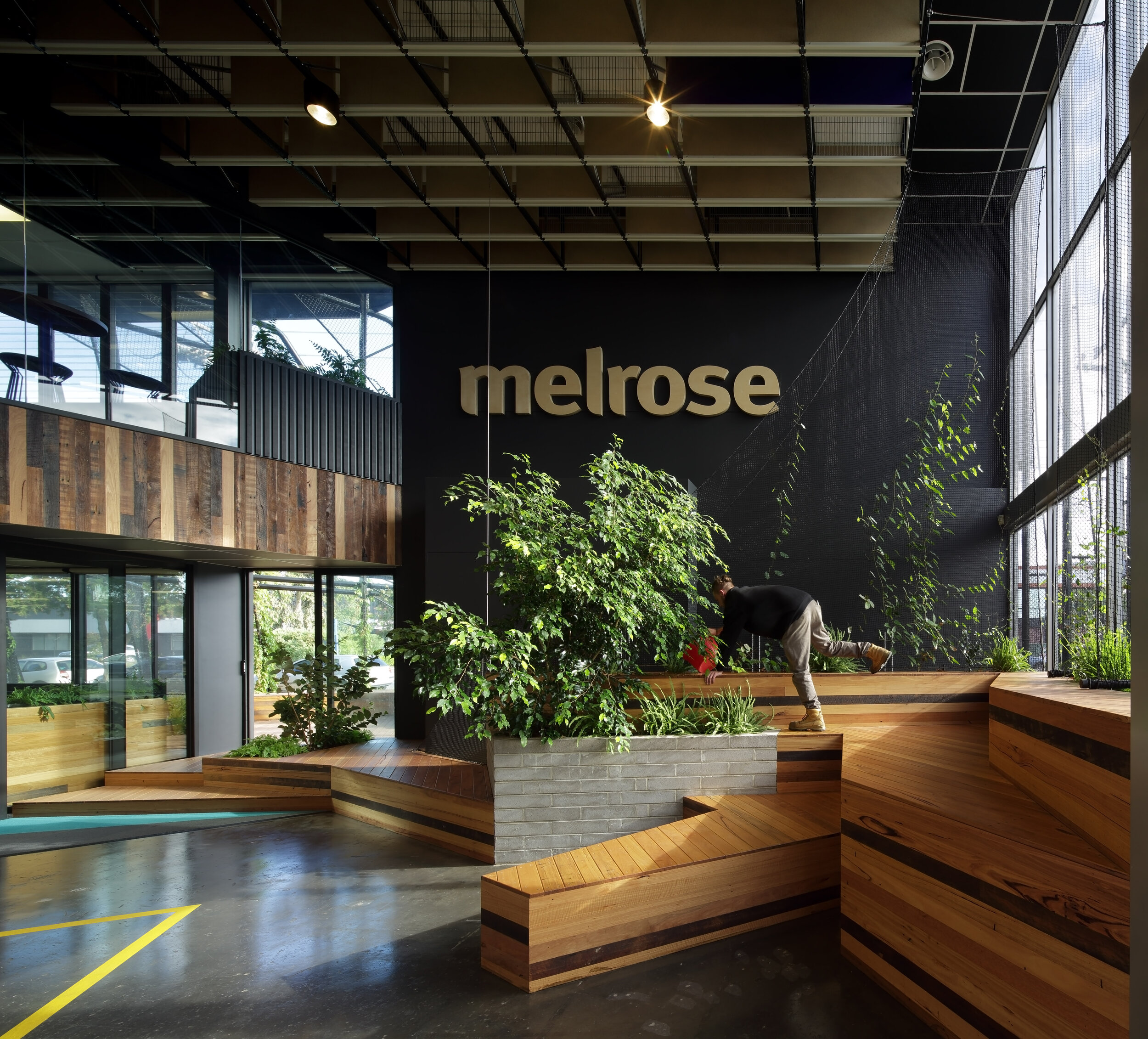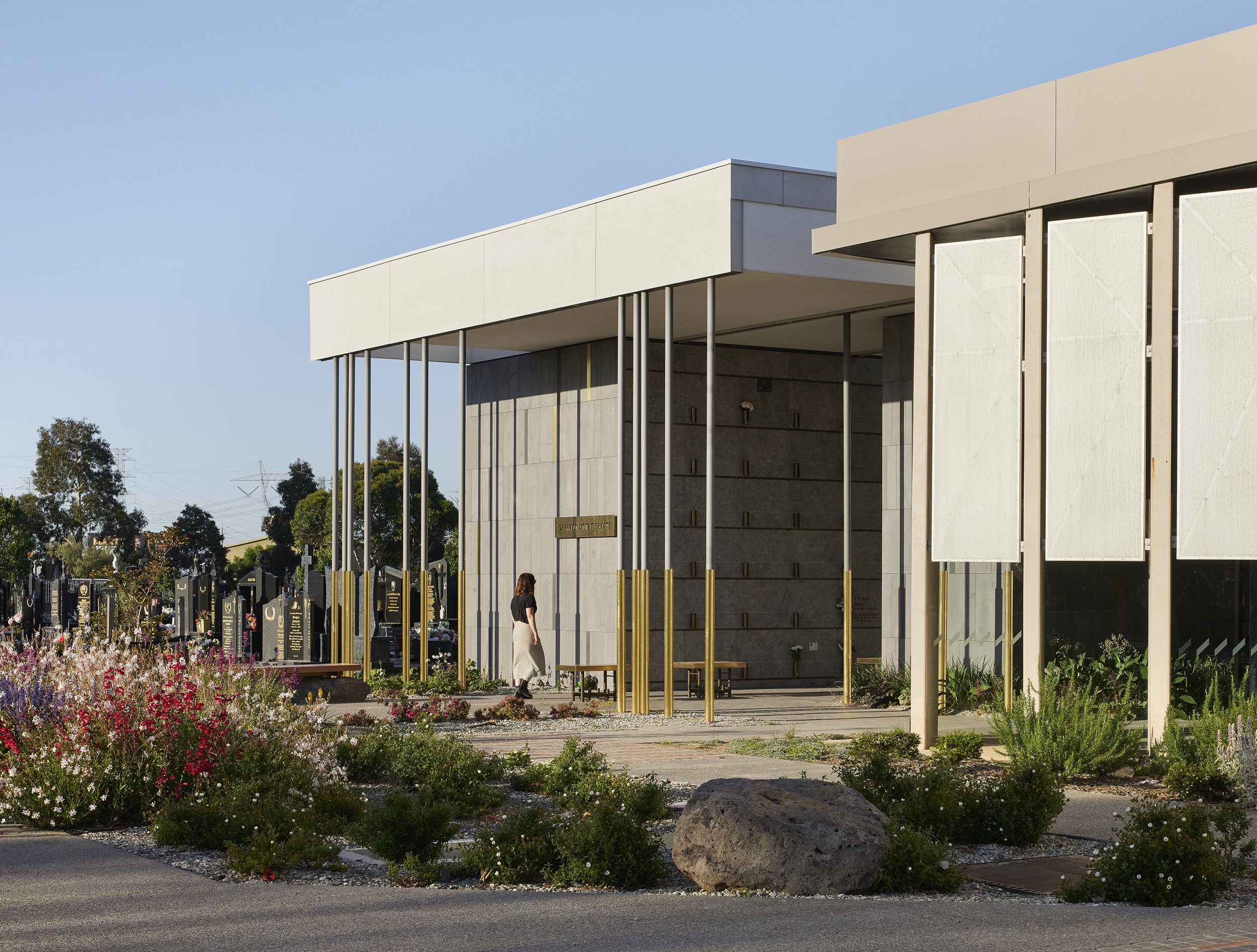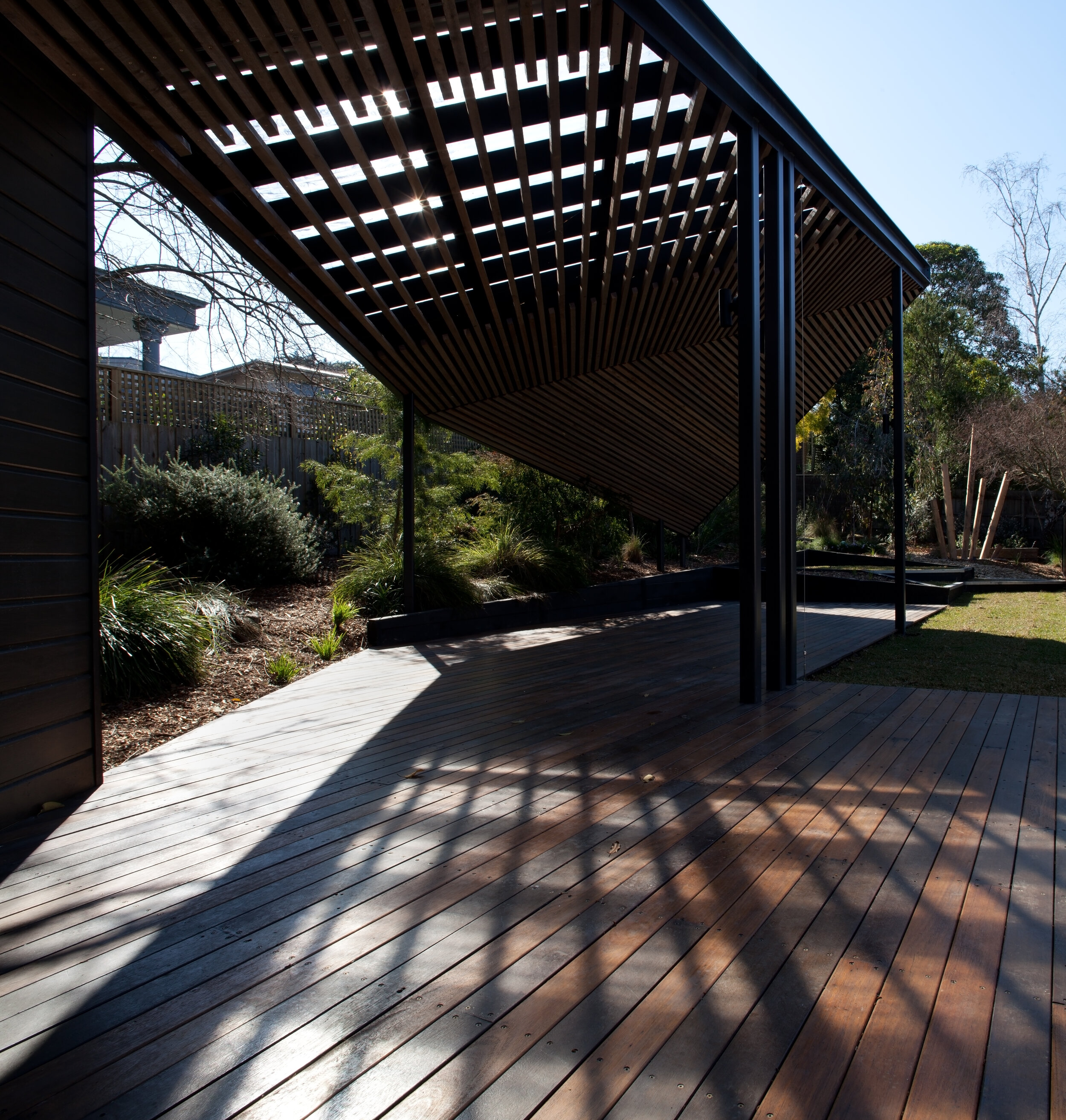WAYSS youth transition hub
Crisis Accommodation and Transition Hub _ Melbourne VIC. Australia _ Completed 2020
The WAYSS Youth Transition Hub, commissioned by the Department of Health and Human Services (DHHS) and located in Melbourne's outer eastern suburbs, provides a home and support network to vulnerable young people on the brink of homelessness.
Originating from the ‘Support for Young People That Really Counts’ program and following a model of early intervention known as the ‘Step Forward’ approach, the hub provides facilities and support to equip kids, typically between 16-18, with skills for independent living, preparing them for the next stage in their lives.
In total the project provides 6 x one-bedroom and 2 x two-bedroom dwellings, with one of the one-bedroom dwellings designed to cater to someone with impaired mobility. The units are supported by an onsite administration building with reception, offices, meeting rooms and a carer's room for overnight stays, as well as a separate multipurpose space, complete with rec/lounge facilities and a training kitchen, all arranged around a central, communal garden.
This is a unique, exciting and complex project, but you might not notice anything unusual from the street: and that's by design. Referencing the scale and form of neighbouring houses and continuing the formal rhythm of the street, the hub nestles into its context in order to avoid the stigma of being ‘different from the rest’ and to engender a sense of home. With all buildings focused around a central open space, the hub supports a sense of protection and community, encouraging residents to engage with one other whilst mediating their relationship with the broader neighbourhood. The administration area has the same domestic scale and materiality as the dwellings and, through its connection to the communal open space, acts as a visual cue that says, 'we are here, as part of your community, to support you'.
Each dwelling at WAYSS has its own sense of address: a front garden, a gable roof and a built-in seat covered by a deep eave, transforming the entry into an open verandah; a place to perch outdoors within the protective footprint of one’s own home. Slightly varied planting and landscaping ensures that, as the plants grow, each unit will take on its own distinctive character.
Dwellings recognise the benefits that natural light, good ventilation and various degrees of privacy can have on personal wellbeing. Each home is designed in an L-shape to maximise the amount of northern light beaming in, creating light-filled living spaces and sunny private courtyards for every resident. This layout strategy also maximises the passive solar performance of each home, minimising the need for mechanical heating and cooling. Asymmetrical roofs are angled to maximise the amount of energy their solar panels produce, further reducing the hub's running costs and environmental impact.
Dwellings come fully furnished. Understanding that most residents won't bring many personal possessions, it was important the interiors feel welcoming and homely, even with very little personalisation. Timber detailing and colour is used to bring warmth, character and a sense of fun. The same palette of materials and colours is used throughout the hub, even in office and administration spaces as a way to signal 'this is also my home' and break down any sense of us-and-them between the residents and support staff.
While the units are suitable for independent living, each with their own kitchen and bathroom, the multipurpose area includes a training kitchen which helps to teach kids the art of home-cooking, a skill they may have missed out on. The rest of this multipurpose room is used as a lounge area and recreation space, opening onto a sunny deck with an outdoor dining table and barbecue. The deck flows into a shared outdoor area where a productive garden teaches kids how to grow their own food and become a little more self-sufficient, skills we’re often taught in the home.
Common areas are designed to create a sense of community and give the kids the opportunity to bond with each other while harvesting some leafy greens, enjoying a group BBQ, or sweating it out over a game of basketball. The administration areas are linked to and flow into to these communal spaces, further breaking down the idea of ‘us and them’ and diluting any sense of surveillance. Instead, support staff become a part of the community, creating a mutual relationship of trust and respect; rather than 'we're watching you', the message becomes 'we're all watching out for each other'.
Recognising the often complex backgrounds and emotional needs of the residents, not everyone's reaction to being a part of a community will be the same. Therefore it was important to give the residents the opportunity to mediate their participation in the community on their own terms. Small, yet important gestures like the covered seating areas under the eaves of each dwelling means you can feel like a part of the communal space without leaving your home. All dwellings have private outdoor space as well, giving residents agency over how and when they engage with their community.
Landscaping is an integral part of the concept. A mix of native and exotic species has been selected for colour and fragrance and create a rich and varied range of experiences. Each unit has its own patch of lawn, a tree and a garden bed. The two-bedroom dwellings also have a fenced front yard, perfect for residents with young children. Lower-level plants are evergreen to ensure the hub looks lush and vibrant year-round, while trees are mostly deciduous to provide a flush of autumn colour and to increase natural light through bare branches in winter. Given residents typically live at the hub for a short period of around one year, the seasonal plants help to mark the passing of time and provide a changing landscape during their stay.
For kids who have either left or been kicked out of home and would otherwise end up living on the streets, this is a place to call home.
BENT Team:
Paul Porjazoski, Michael Germano, Merran Porjazoski, Lana Blazanin
Builder:
Newpol Construction
Structural Engineer:
Clive Steele Partners
Services Engineer:
BRT Consulting Engineers
Fire Services Engineer:
AG Coombs Advisory
Horticulture:
Infinite Landscape
Photographer:
Tatjana Plitt
Awards:
2023 SHORTLISTED _ Architecture AU Award for Social Impact
Media:
2022 Architecture AU _ ”WAYSS Youth Transition Hub”
2022 Architect Victoria _ ”Social Housing Architecture”
2021 InDesign Live _ ”How Bent Architecture is honing affordable housing”



























